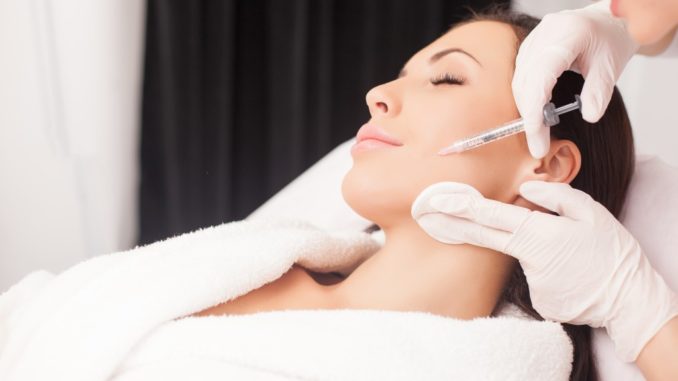
More often than not, getting a Botox comes with plenty of negative connotations. Botox treatments are often associated with women who cannot accept that they are getting older and starting to show wrinkles. With celebrities, socialites, and the very wealthy all being the faces of Botox treatments, they are also closely linked to WASP and well-to-do communities in suburban Utah and throughout the United States.
However, Botox treatments actually have a great scientific basis behind them. Furthermore, contrary to popular knowledge, they can even provide great help to people beyond helping maintain a wrinkle-free face, with doctors sometimes even recommending them for health reasons.
Here is the scientific and medical basis behind the existence of Botox treatments:
What is the science behind a Botox treatment?

The term “Botox’ itself is derived from the bacterium used in the treatment, clostridium botulinum. This bacterium is typically found in various natural settings, as well as in the intestines in organs of mammals, fish, and shellfish. Though it can be fatal in large concentrations, Botox procedures only involve injecting very small amounts of the bacterium into the skin.
The toxin that the bacterium produces is able to temporarily prevent the movement of muscles by preventing signals from the nerve cells from reaching the muscles, thus interrupting the process needed for muscles to contract.
What can a Botox procedure be used to treat?
Because of its ability to stop the movement of muscles, Botox treatments are commonly used to prevent the appearance of wrinkles and lines on the face. Botox injections are able to relax the muscles that cause these, and thus prevent them from appearing.
However, Botox injections may also be used in a wide variety of medical treatments. One of the most common applications is cervical dystonia, which is a series of muscle spasms in the neck and shoulders that result in the head twisting into uncomfortable positions.
Botox injections may also treat spasms in the eyelids, as well as lazy or crossed eyes by correcting the imbalance in the eye muscles that cause these. Botox injections are also helpful for treating conditions like excessive sweating, chronic migraines, and bladder dysfunction by helping relax the affected muscles.
What are the steps involved in the procedure?
Patients who undergo Botox treatments typically have their skin numbed to prevent sweating. This is done by using topical or vibration anesthesia to numb the area where the injection will take place.
The toxin will then be diluted in saline and then administered directly into the neuromuscular tissue underneath the skin. The number of injections depends on the area covered as well as the amount of muscle movement that needs to be limited.
The full effect of the treatment can typically be observed around 24–72 hours after the injections have been completed. It is recommended that during this period, the patient does not rub the injected area, as this might spread the toxin to other areas where it is not necessary.
What are the risks associated with Botox?

Generally, Botox treatments are refused to pregnant and lactating women, as well as individuals who are allergic to cow’s milk. Anyone who has also had a negative reaction from a previous treatment is also discouraged from seeking another injection.
Although Botox treatments are generally safe and harmless if performed by experienced professionals, some might still experience a few side effects. These include pain, swelling, and reddening of the skin at the injection site, which is a possible reaction to the toxin, as well as numbness, headaches, and weakness of nearby muscles.
